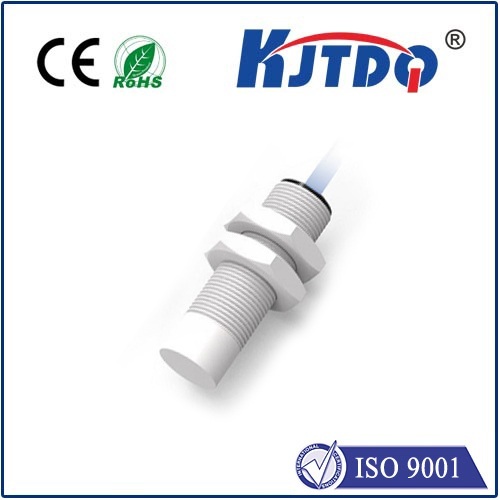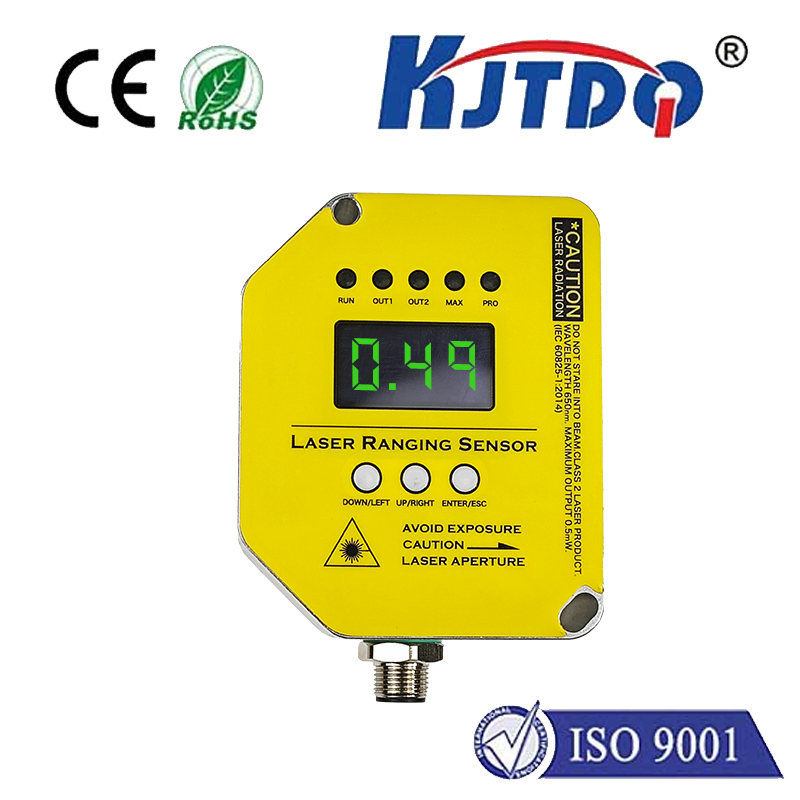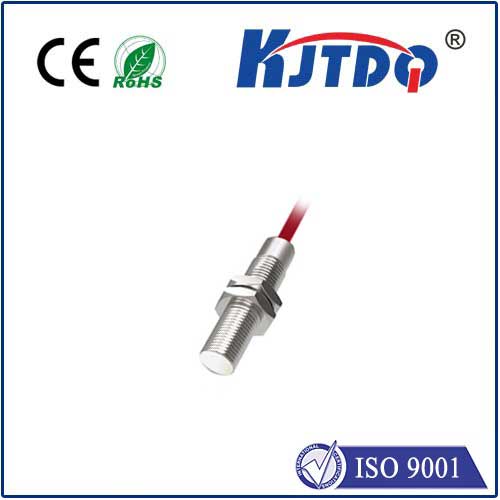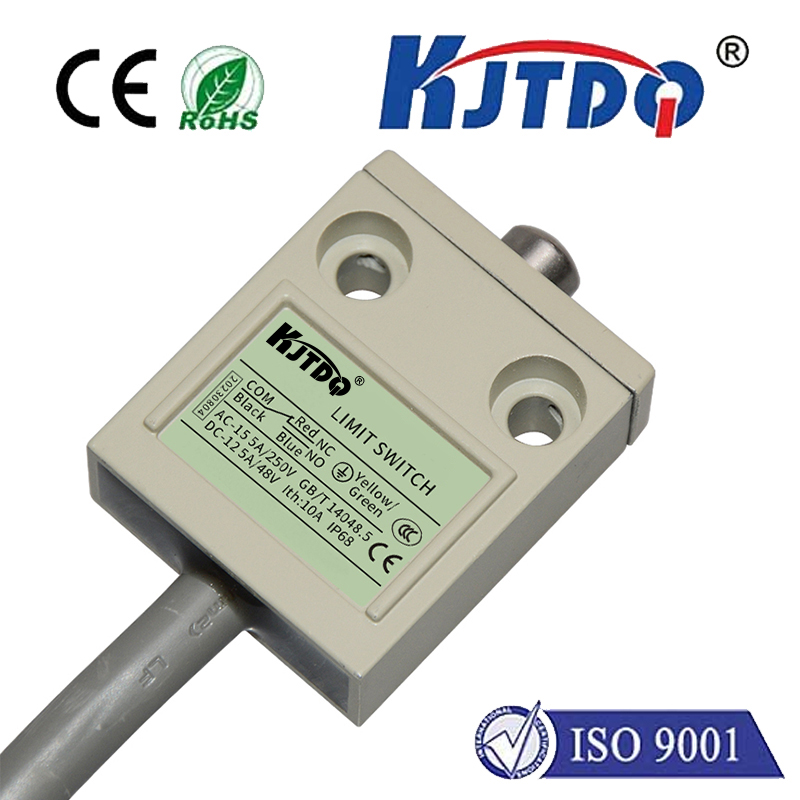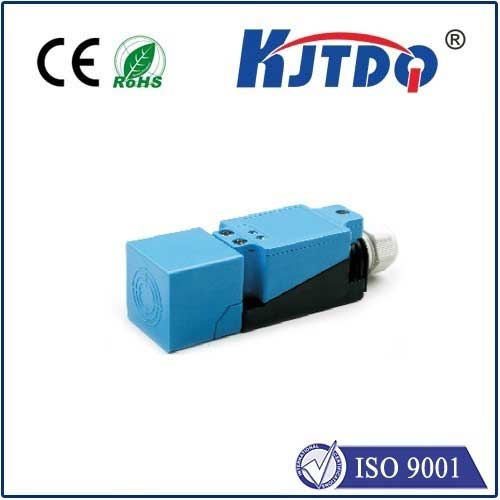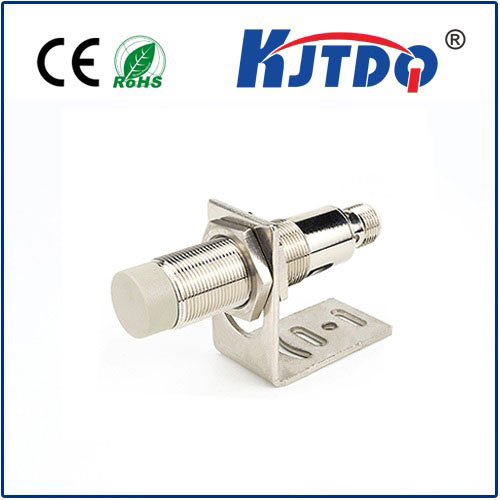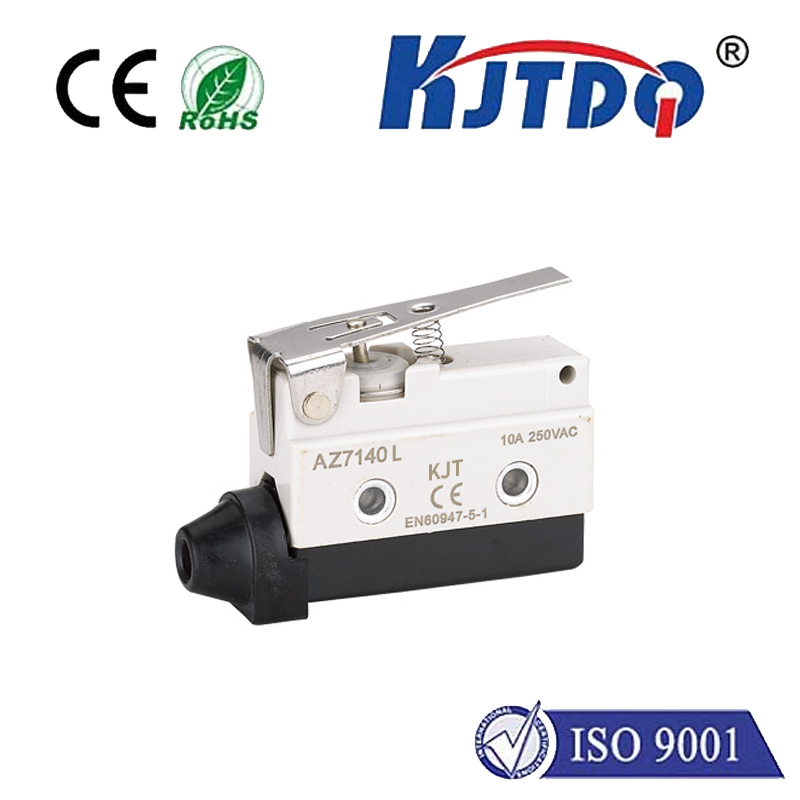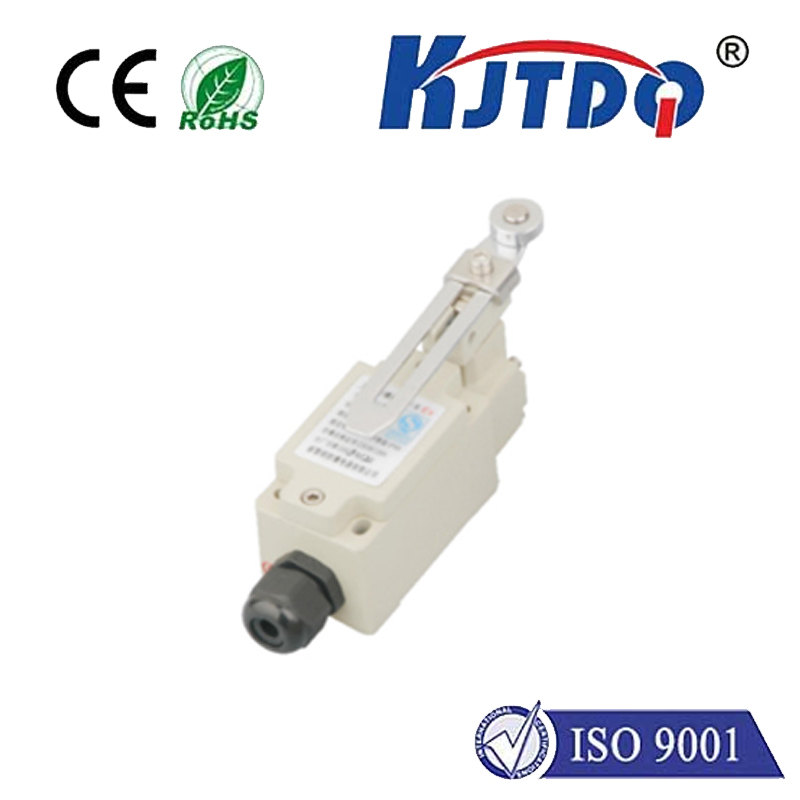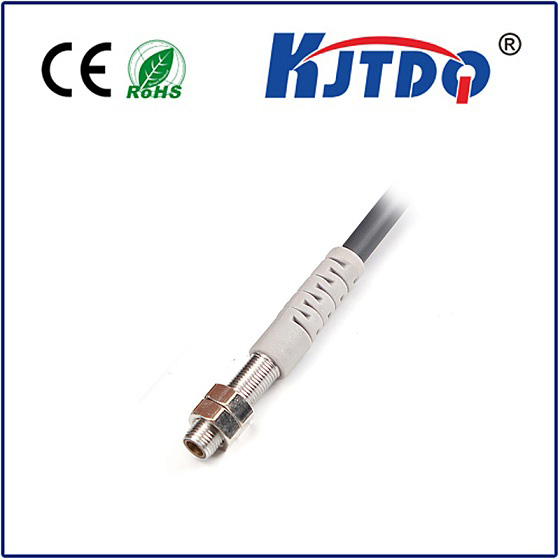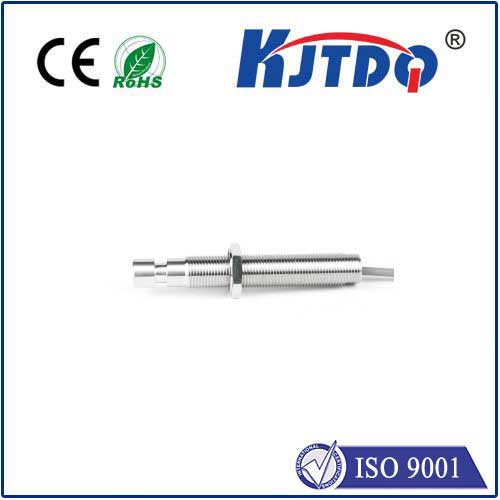
check

check

check

check
The Importance of High Limit Pressure Switches in Industrial Applications
In the world of industrial processes, maintaining precise control over various parameters is crucial for ensuring efficient and safe operations. One such parameter that often demands meticulous monitoring is pressure. Here, high limit pressure switches play a pivotal role by serving as critical safeguards against excessive pressure conditions that could potentially damage equipment or endanger personnel safety.
What Is a High Limit Pressure Switch?
A high limit pressure switch is an automatic device designed to detect when a system's pressure exceeds a preset threshold. It functions by activating an electrical contact when the pressure level reaches this predetermined "high limit," thereby triggering an alarm or initiating a shutdown process to prevent further escalation. These switches are typically used in applications where the consequences of overpressure can be significant, such as in steam boilers, HVAC systems, refrigeration units, and chemical processing plants.
Why High Limit Pressure Switches Are Crucial

High limit pressure switches are essential because they provide early warning signs of potential problems within a pressure system. By setting an upper limit for acceptable pressure levels, these switches allow operators to respond proactively before a situation becomes hazardous. They offer peace of mind knowing that should something go wrong, there is a fail-safe in place to protect both the equipment and those working around it.
Applications of High Limit Pressure Switches
The utility of high limit pressure switches spans across several industries. In steam boilers, for example, they prevent explosions caused by excessive steam pressure. In HVAC systems, they maintain comfort and efficiency by ensuring that air pressure remains within desired ranges. Similarly, in refrigeration systems, they guard against leaks or compressor failures that could lead to dangerously high pressures. And in chemical processing, they help maintain reaction vessels at appropriate pressures, protecting against uncontrolled chemical reactions.
Choosing the Right High Limit Pressure Switch
Selecting the appropriate high limit pressure switch involves considering factors such as the specific application, the medium (gas or liquid), the operating pressure range, temperature, and compatibility with the rest of the system. Accuracy, reliability, and durability are also key attributes to look for in a quality pressure switch. Moreover, compliance with relevant industry standards and regulations must be taken into account to ensure the switch meets necessary safety requirements.
Maintenance and Testing
To guarantee that high limit pressure switches function correctly when called upon, regular maintenance and testing are imperative. This includes visual inspections for wear or damage, checking for proper calibration, and periodic functional tests to simulate high-pressure conditions. Proper maintenance helps identify issues before they can cause downtime or safety incidents.
Integral Part of Industrial Safeguards
Ultimately, high limit pressure switches form an integral part of industrial safeguards, contributing to overall system reliability and operational integrity. They embody the principle of prevention being better than cure, making them indispensable components in environments where pressure management is critical.
In conclusion, the importance of high limit pressure switches cannot be overstated. Their ability to monitor and regulate pressure within systems is essential for the smooth running of various industrial processes. As technology continues to evolve, so too will the designs of these protective devices—offering enhanced features and even greater reliability—ensuring that industries remain protected well into the future.
